
Glass Types:
In glass market we have 23 different type of glass. Some of them are popular and some are very traditional.
1-Clear Glass:
This type of glass is very transparent without any tune, color, or special label. This almost colorless glass is considered the base glass. To distinguish Clear Glass, closely look at the edges, and you will see somehow greenish tune into it.
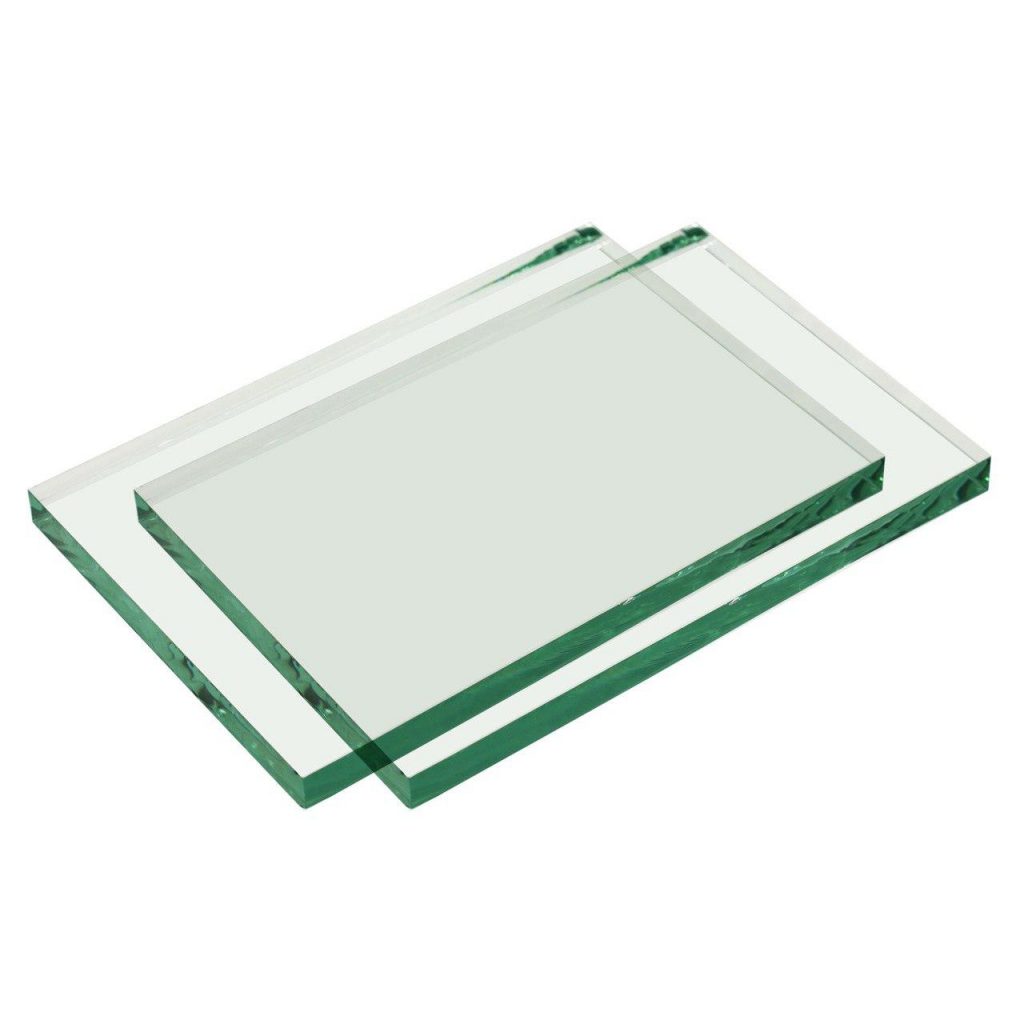
2-Annealed Glass:
The process of gradual cooling glass molten is called Annealed. This glass is one of the least expensive glass types used in buildings. Annealed glass is crystal clear, and objects seen through are real size. This glass just like any other types of glass is fragile, and once it’s hit with a hard object, it will break in small to big pieces with very sharp edges. Safety is not considered as important here.
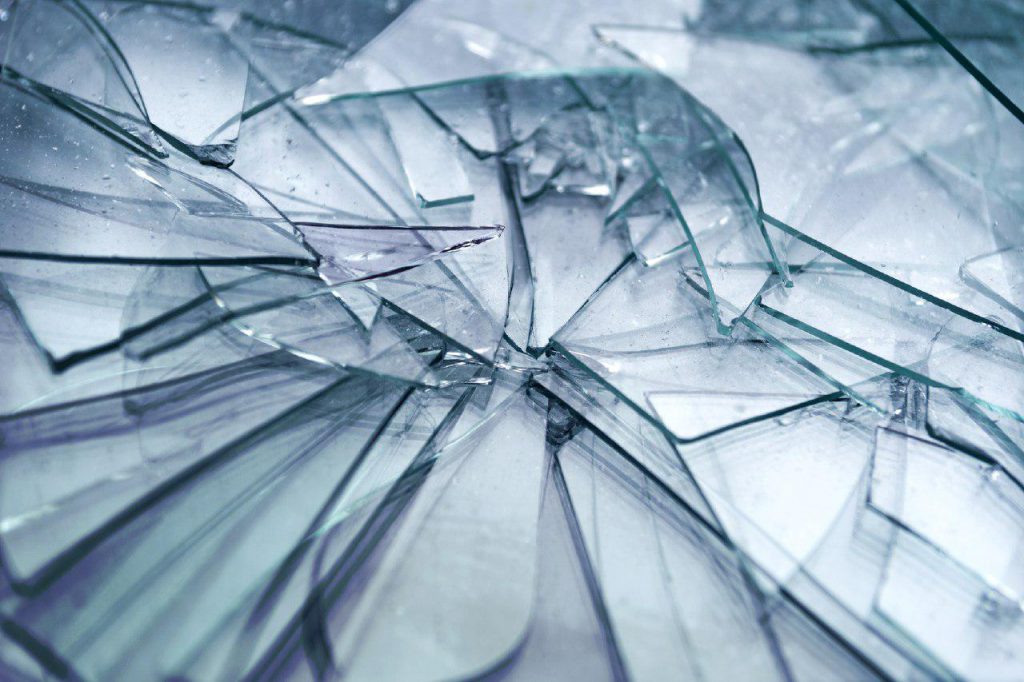
3-Tempered Glass:
Also known as Safety Glass. In production process, immediately after leaving furnace, glass molten is rapidly cooled down and therefore making the final production by far higher-strength. Tempered Glass is typically used for safety and security. Once it breaks, it will turn into very small pieces and shatters, thus it may not be as hazardous as Annealed Glass.
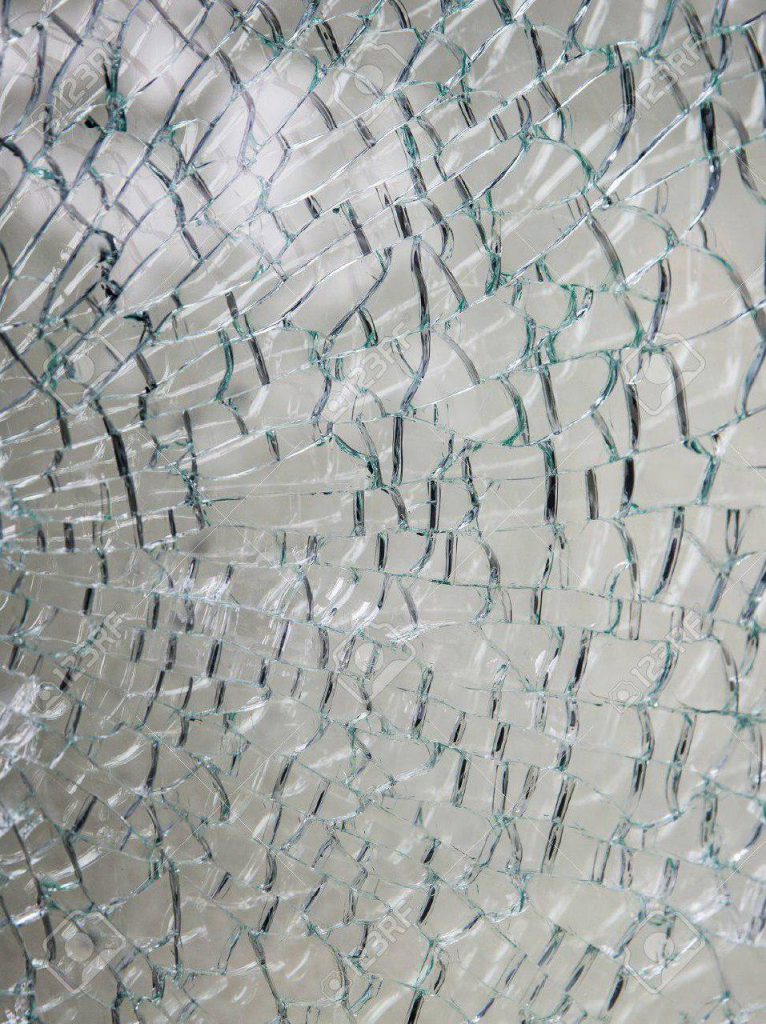
4-Laminated Glass:
Laminated glass is considered a very safety glass consisting of two or more layers of Annealed or Tempered Glass with a transparent PVB or Polyvinyl-Butyrate coating film between them in production process. Number of glass layers, their thicknesses, types, along with the number of coating film layers and their thickness are determined by their application. Best feature of this glass type is that once it breaks, it does not fall in pieces, for the safety coating between the glass layers keeps in intact until replaced. Laminated Glass is used particularly where safety is an important issue. They are not as fragile.

5-Low-E Glass:
It is currently widely used in double-pane and triple-pane insulated glass units. The outer pane is set to be Low-E Silver Plated with the inner pane/panes are to be clear.to protect and one side of the glass is composed of a silver plated layer. This outer Silver Plated pane prevents the passing of harmful UV rays but allows most of the visible spectrum of sun light through. Also, by reflecting the radiant energy wave, it actually acts as an insulation against heat and cold transfer, thus reducing our energy costs in summer and winter. Low-E glasses are considered as the base of Energy Efficiency.
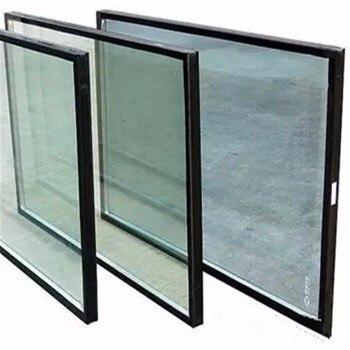
6-Low-Iron Glass:
As the name implies, iron is the least used in its production process, thus making it very crisp clear and a lot brighter compared to Clear Glass. To distinguish Clear Glass, closely look at the edges, and you will see somehow bluish tune into it. Compared to Clear Glass, Low-Iron is way pricier and is recommended to high-end shower door exposures and business centers.
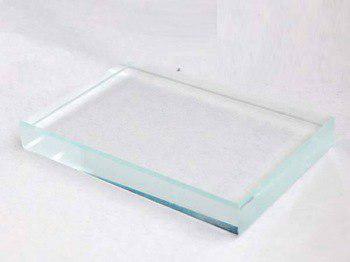
7-Fire-Rated Glass:
As their name implies, Fire-Rated Glass is somehow resistant to heat and fire, and their rate value is the length of time they can stand heat. Fire-Rated Glass is used to prevent fire from spreading to the rest of building. They are made in a complicated process and the longer they withhold heat and fire, the thicker they will come.
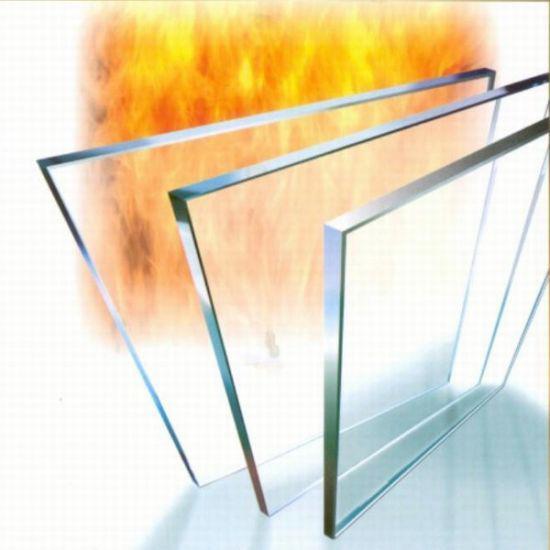
8-Obscured Glass:
Glasses that are not clearly transparent and have grooves, dots, and bumps are called Obscured. Even though light goes through these glasses, objects and their images are faded and thus are not clearly seen. There are many different methods in making different shapes on Obscured Glasses. They are typically used and installed where privacy is an issue. In addition to privacy, they also serve very decorative.

9-Frosted Glass:
Another less transparent glass type is Frosted Glass. Even though light passes through, objects have a faded and blared shape on the other side. Privacy once again is an issue here, and private spaces can use this type of glass in their doors and windows. Frosted Glasses are used on entrance doors, shower doors, hospitals, and etc.
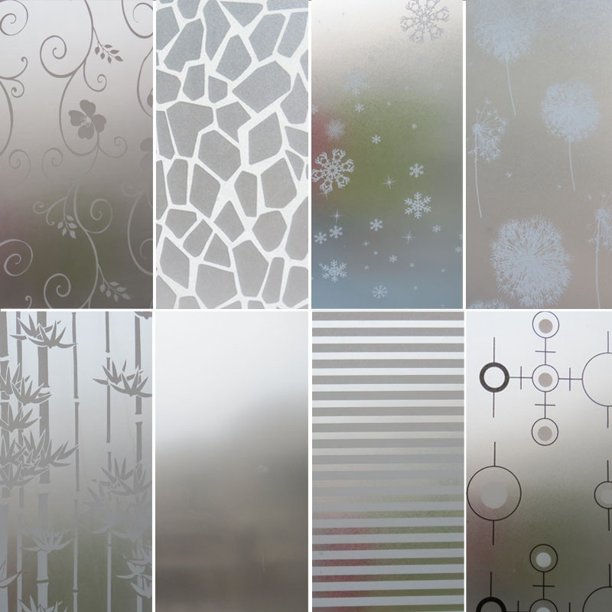
10-Satin-Etched Glass:
The surface of this type glass is weakly dyed and patterned that are made by chemical interactions. It is not transparent, and objects are very vividly seen from the other side. Once again, Satin-Etch like Obscured and Frosted glasses are commonly designed and installed for privacy as well as cosmetic purposes.
11-Glass Block:
Also known as Glass Brick. These glasses come in double pane small hollow blocks and in different square or rectangular shapes. They are considered not transparent and decorative. Never the less now a days, they are not as popular as the 50’s and 60’s.
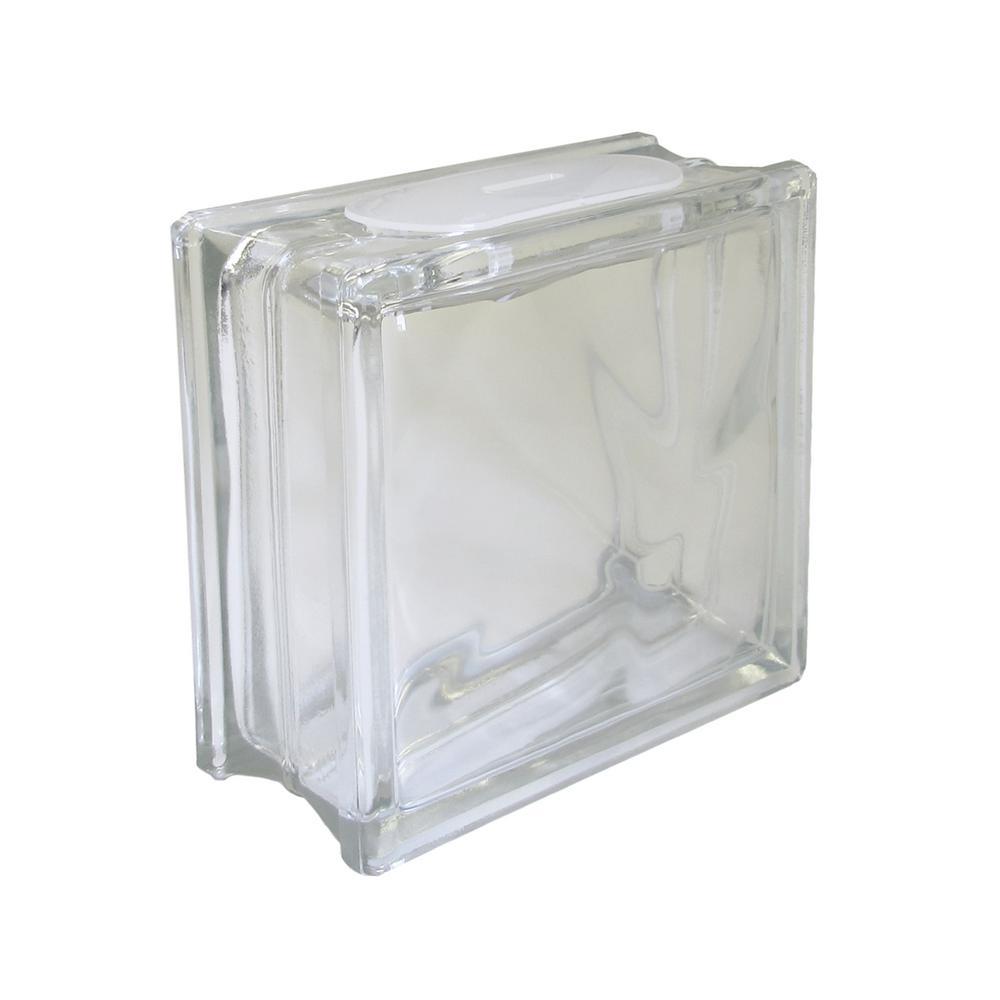
12-Curved Glass:
Just like the name implies, this type of glass is curved and not flat. They can be special ordered and are very pricy. They are typically used for corners or special designs where the architect does not want sharp edge corner windows.
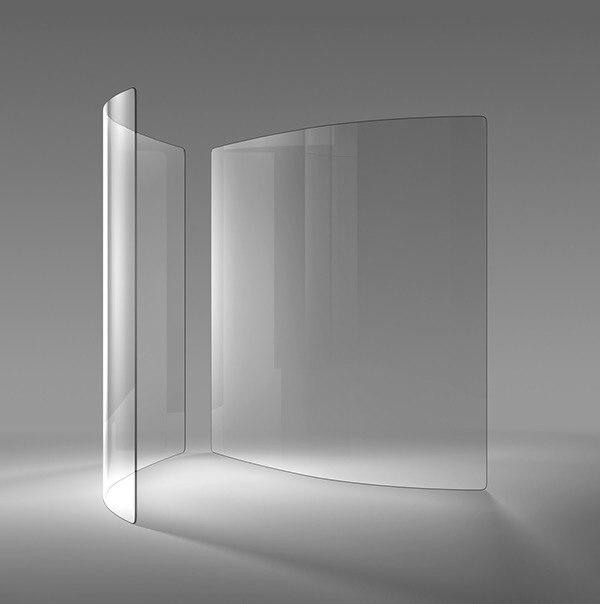
13-Hydrophobic Glass:
This is considered as one of new technology self-cleaning glasses. They typically have somehow chemical coating that does not let the glass stain or gets dirty. Cleaning glasses is an expensive process these days and requires high costs.
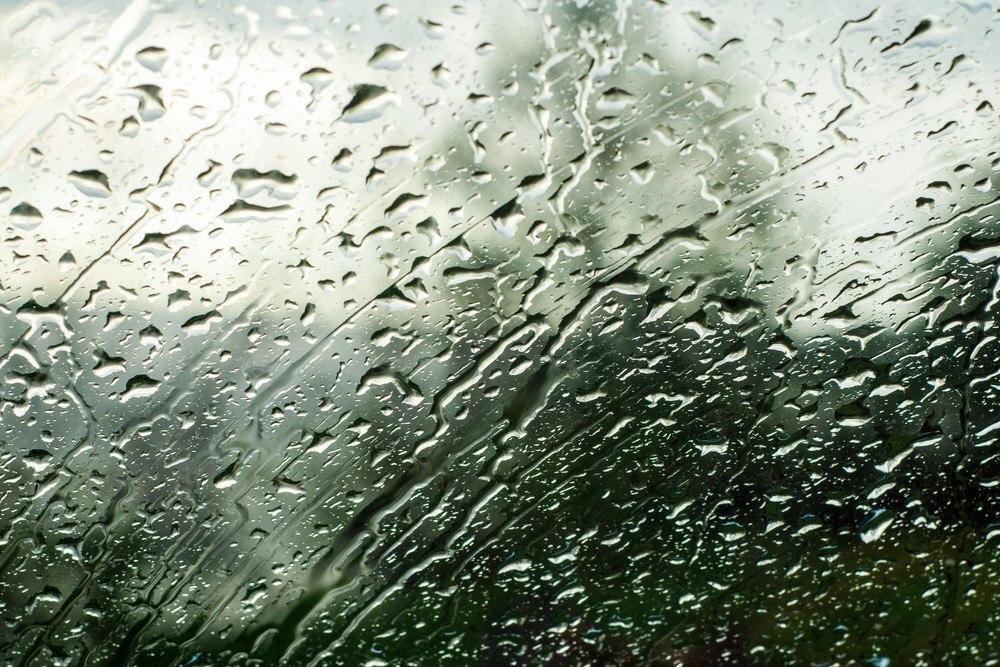
14-Insulated Glass Unit:
In this type of glass, it comes as an insulated unit consisting of two or more panes of with a spacer in between. The space between the layers is filled with Argon or Krypton gas, which insulates the glass against sound and heat transfer.
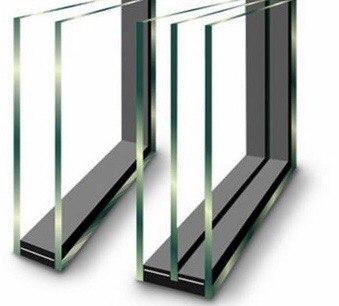
15-Sidelight Glass:
Picture Glass Windows on both sides of doors are called Sidelights. They can be of any type glass and are for more light transparency and decorative purposes.
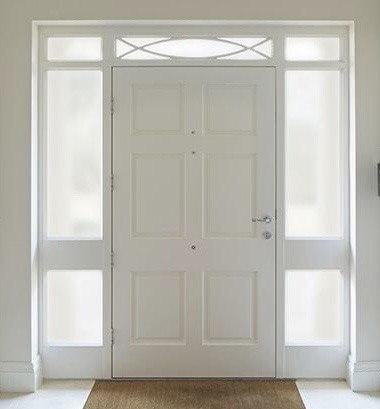
16-Security & Safety Glass:
Security & Safety Glasses are designed and installed for safety and security purposes. Both Tempered and Laminated glasses are considered safety and secured glasses. They are made to be higher strengthened and shatter when broken thus do not break into big patches of glasses that can harmfully cut flesh.

17-Triple Pane Insulated Glass Unit:
This glass comes as an insulated unit with three panes of glasses including two spacers. They come either vacuumed or filled with Argon or Krypton gas to prevent heat transfer and are also more sound resist.
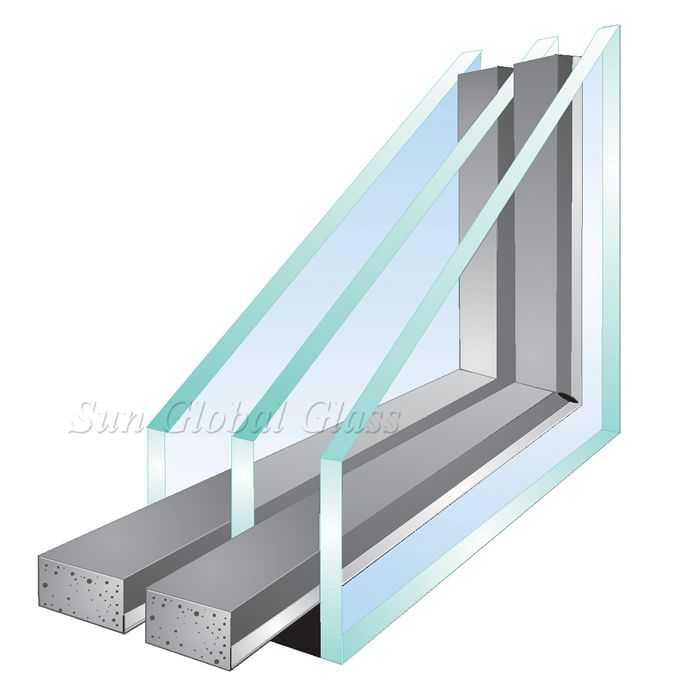
18-Spandrel Glass:
In high-rises and towers that have full glass views, we use Spandrel Glass to cover parts of the structure that we do not want to be exposed. They typically are tuned with grey, blue, or green color.
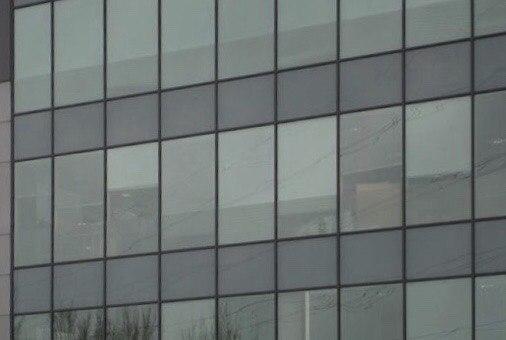
19-Transom Glass:
Generally, it refers to a window that is positioned horizontally above the door.

20-Bent or Curved Glass:
In a specific and complex process, the glass is put in different molds and heated on a regular basis. In special architectural designs, Bent or Curved Glass is used to beautify and provide more space as well as a wider viewing radius.
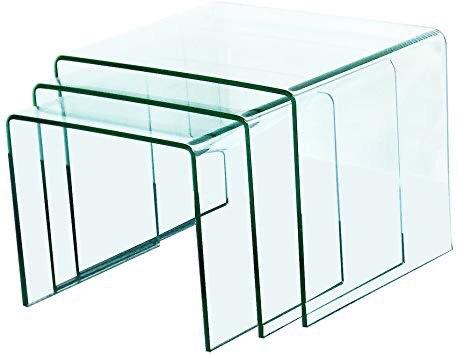
21-Bullet Proof Glass:
Bullet proof glass is made by combining glass with special transparent plastic and is actually a type of Laminate Glass with more layers. Its thickness is between 19 and 89 mm and is used in buildings that require greater security. This type of glass is used in embassies, treasury, and military equipment.
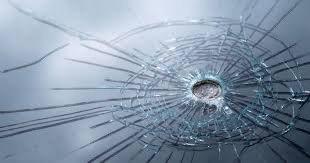
22-Mirror:
In the glass industry, in fact, Mirror refers to a glass that has a somehow mercury coating on one side or in its components that causes light reflection. Most mirrors are used in bathrooms, gyms, and shops. Silver and Bronze mirrors are popularly used. Mirrors just like all other types of glasses can come with Bevel as a decorative side or corner siding.
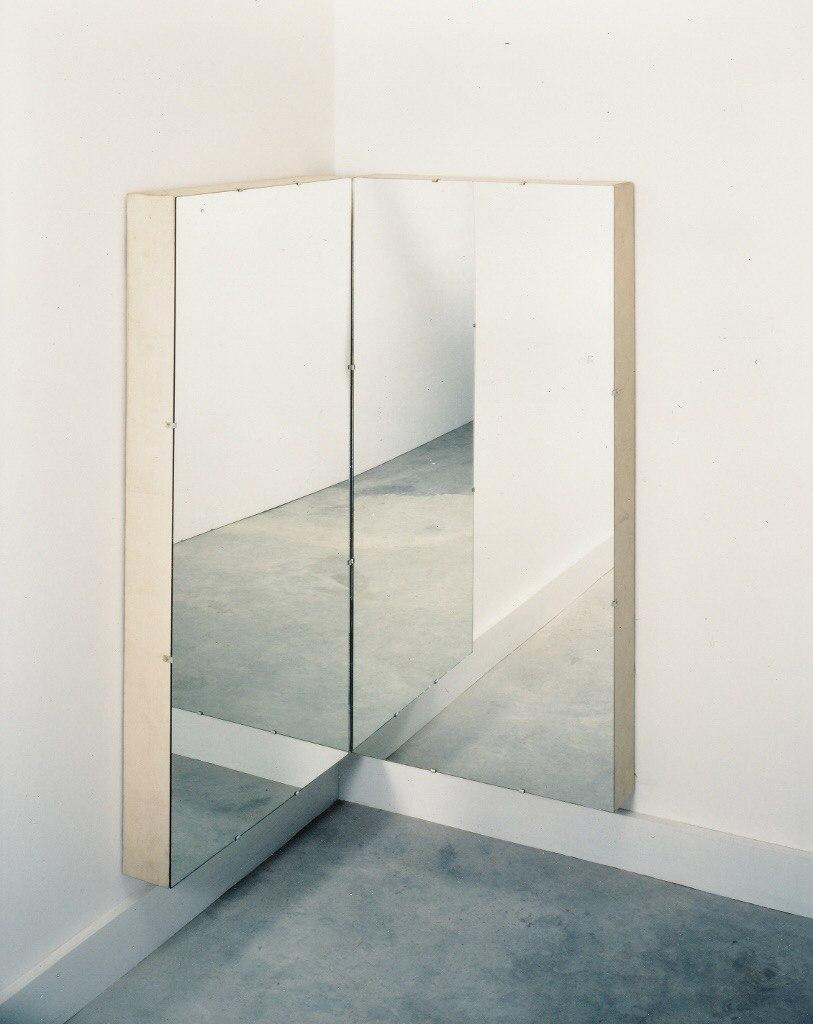
23-Mirror Pane Glass:
Mirror Pane Glass is a type of double-pane glass having mirror as one of the panes. They are typically designed and installed on commercial frames for businesses and shops.
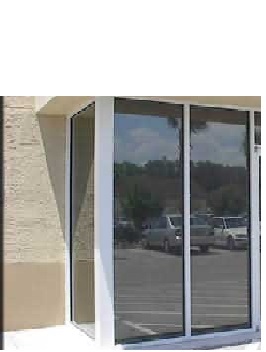
Different Types Of Glass- Mirror Pane Glass



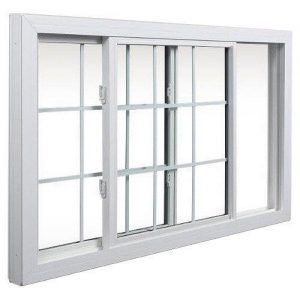

No comment yet, add your voice below!